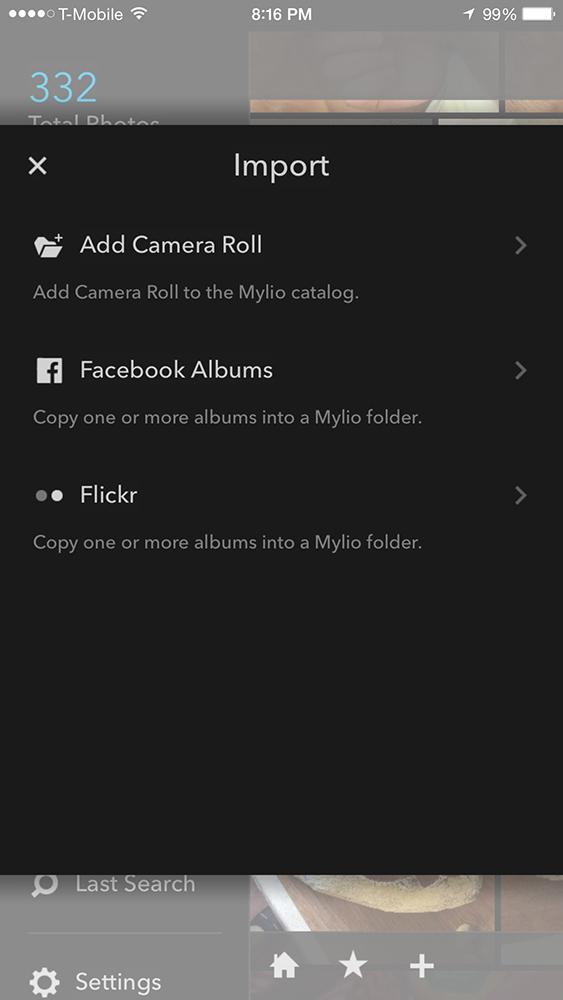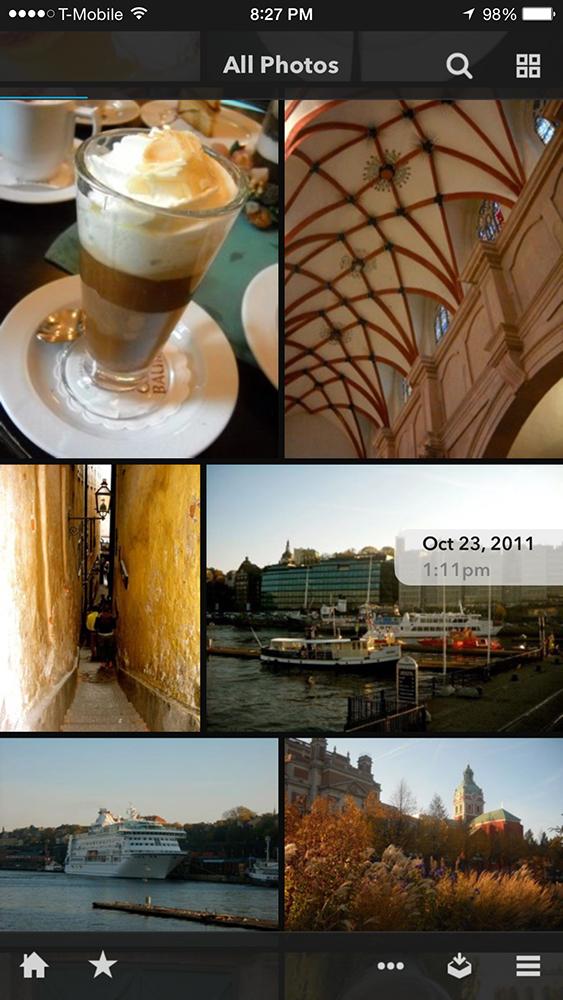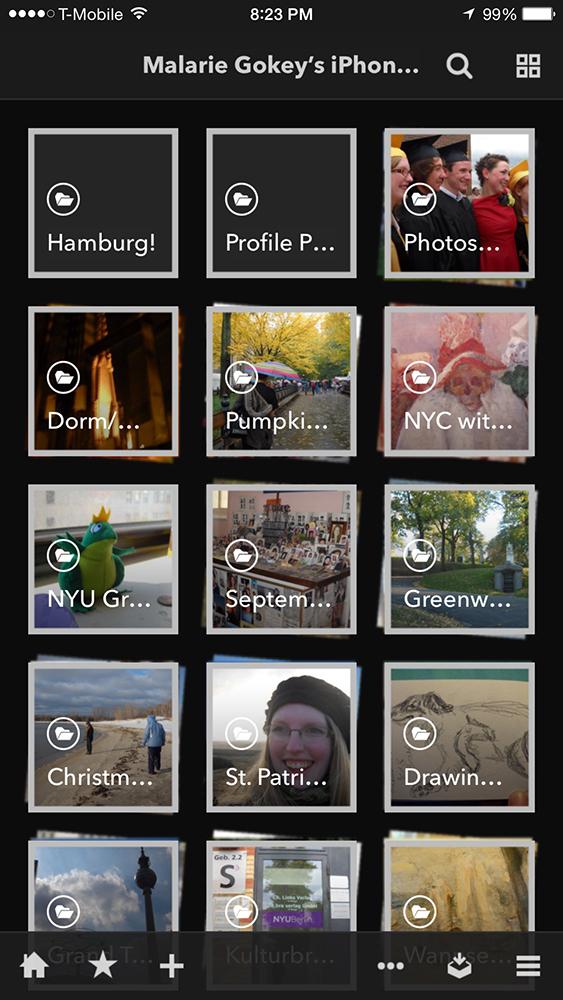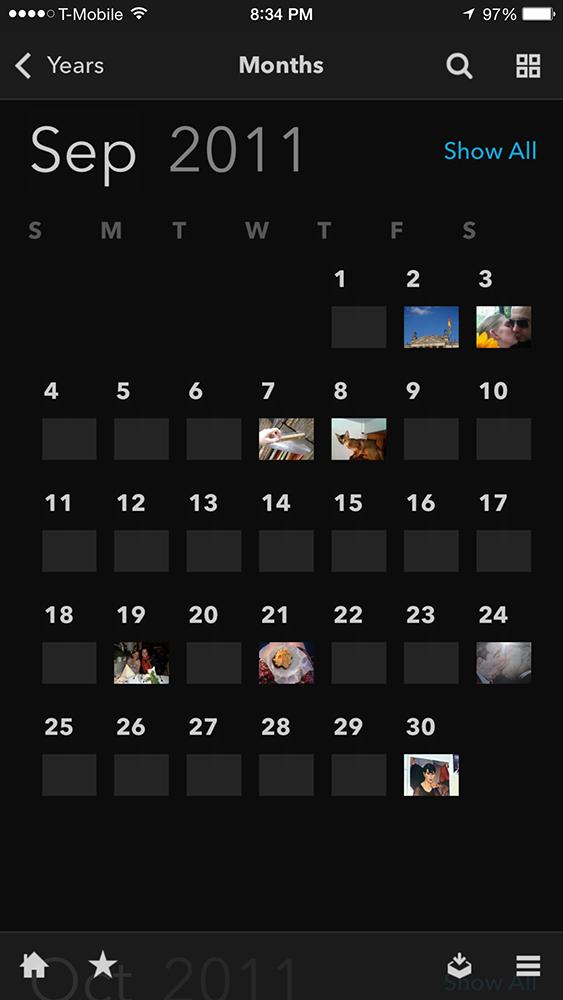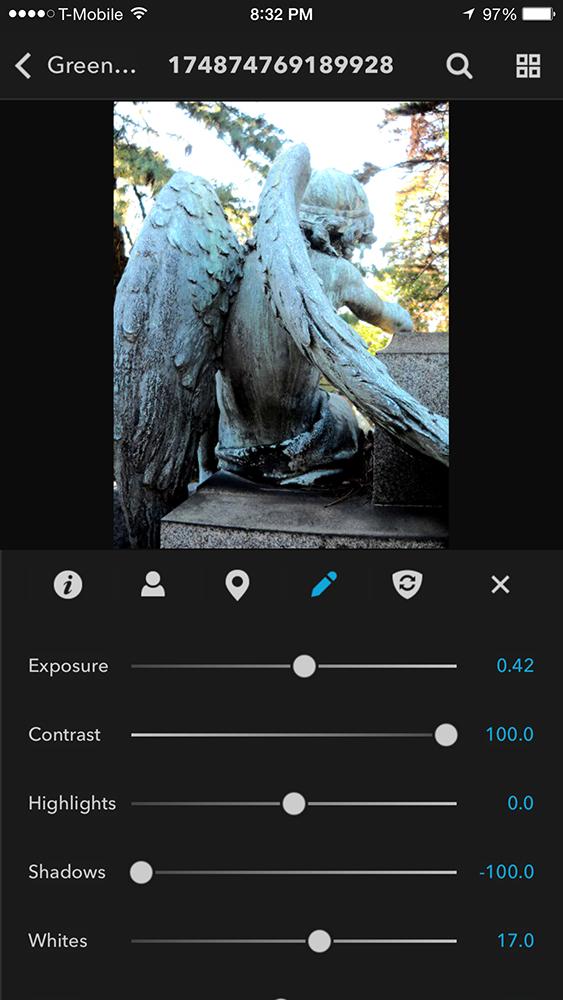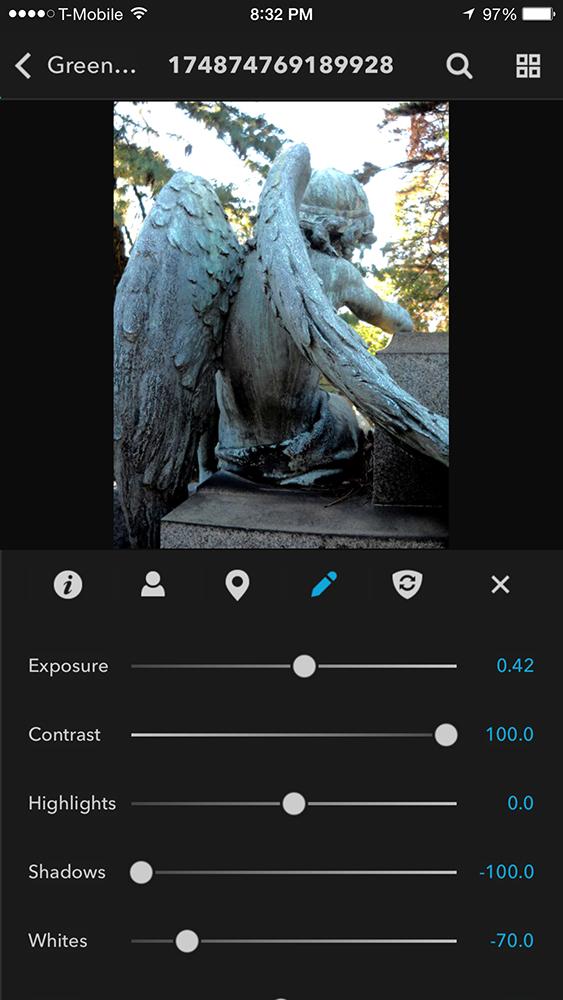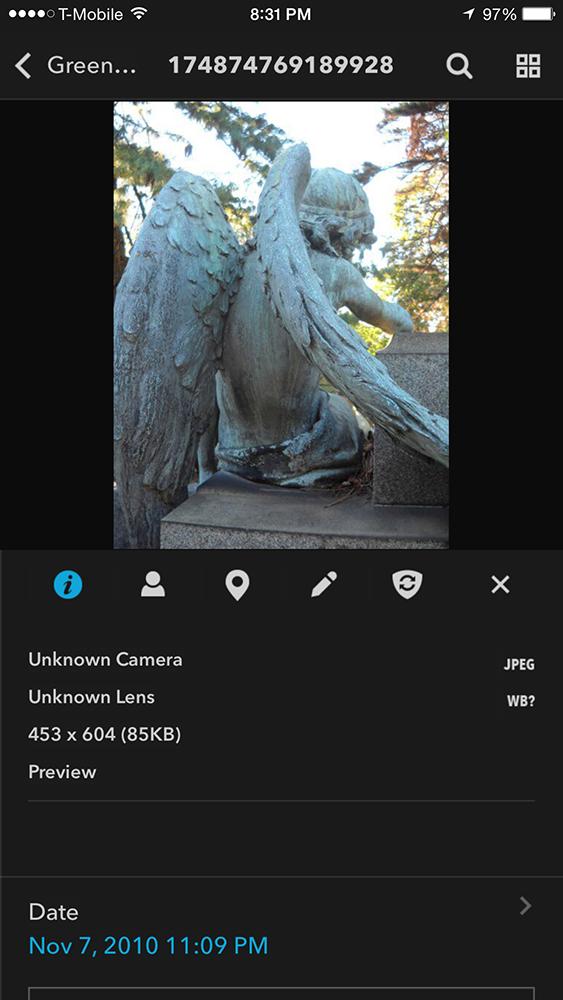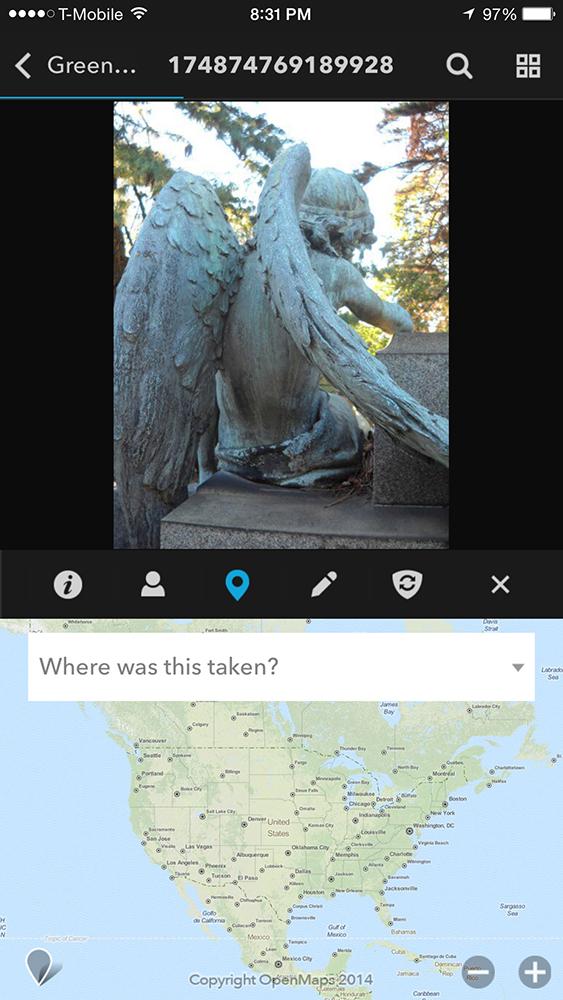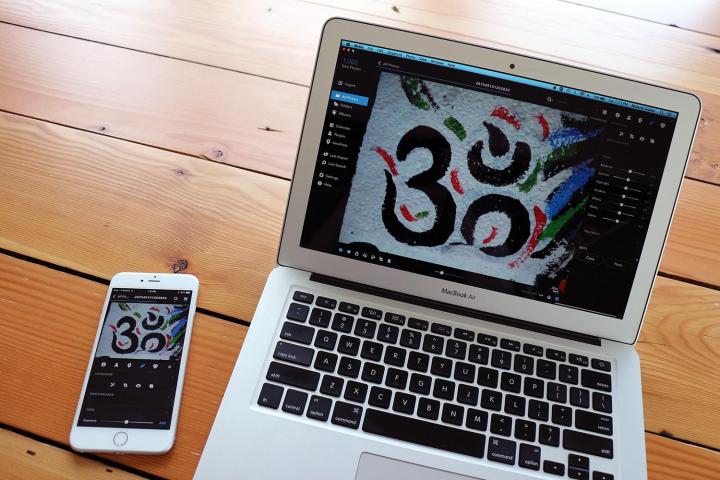
Those who grew up with a smartphone in hand, snapping pictures everywhere they go probably aren’t concerned about organizing their photos. After all, they’re all on iCloud or Google+ Photos.
However, anyone who remembers carrying around a digital camera or is actually a professional photographer knows the pain of organizing all those photos by time, date, location, and camera. Getting all your photos to live together under one roof is a painful process. These days, some would say it’s impossible.
Enter Mylio, a photo-organizing app that aims to corral all your photos into one app on all your devices. It’s been in development for two years by a team made up of engineers who worked on high-speed graphics, the Xbox, and software architecture for Microsoft. We tested out the trial version of Mylio when it was still in beta testing to find out how it works.
Setup is easy and the app doesn’t eat much space
The Mylio app currently works on Apple devices with iOS 7 and up, Macs with OSX 10.8 and up, as well as PCs with Windows 7 or 8 installed. The trial version lets you install the software on three different devices, so we tried it on our iPhone 6 Plus, MacBook Air, and iPad Mini.
Once we downloaded the app on all of our devices, Mylio prompted us to create an account using an email address and a password. Since we set it up on our phone first, the app asked permission to access photos from Camera Roll and sync them on all devices with Mylio installed over our chosen Wi-Fi network. We agreed and sure enough, all our photos uploaded in about a minute on all our devices simultaneously.
We had a lot of fun looking back at pictures we’d completely forgotten about from 2009 to now.
We imported as many Facebook pictures as we could before we hit the 1,000-picture limit imposed by the trial version of the app. Amazingly enough, when we checked on the amount of storage used by Mylio on our 64GB iPhone 6 Plus, it turned out that those 1,000 photos only amount to 200MB of space taken up. To put that number in perspective, Facebook takes up 243MB of space and the iOS camera app, which has some 350 pictures on it, takes up a whopping 1.7GB. Needless to say, Mylio is a lightweight in comparison with most apps.
What’s Mylio’s secret? Well, the app only saves a thumbnail version of the photo on your phone because you probably don’t have too much space available on it. Meanwhile, it saves slightly bigger preview files on tablets and the full-size originals on your computer. You can save JPEG, Raw, or video files and you don’t have to worry about using too much space.
Of course, for your own security, Mylio recommends that you keep three copies of the original photos on three devices in two different locations – that way you never lose a single photo. To those of you who aren’t exactly Ansel Adams, this may sound insane and excessive, but the professional photographers and avid photo takers who will most likely be willing to pay the premium price for Mylio’s services will most likely understand the concept of multiple backups.
Organize and edit your photos without fear
Mylio automatically sorts photos chronologically, but you can create your own folders, keep the folder names you already have saved on your computer. There’s also a search function to help you find what you’re looking for more easily, or you can always just scroll through all your photos and enjoy the ride. Mylio loads thumbnails very quickly, so you can zoom right through your pictures at ridiculous speeds.
The only significant downside to Mylio is its cost. It ain’t cheap.
If you really want to get organized though, you can add location data, tags, and sort photos by subject. Mylio can be as structured or random as you like – it’s all up to your preferences and needs. While we don’t think the average person really needs Mylio, professional photographers and people who take thousands of photos each month will probably get the most practical use out of it.
You can share the edited version directly from Mylio to Facebook, Flickr, and email.
Where Mylio needs to go from here
Mylio’s main focus with the initial launch was to create a great photo organizer that gets all your photos in one place. It definitely delivers on that promise. However, Mylio could use a few UI tweaks and polishes, as well as a great slideshow feature, if it wants to justify the price tag.
Right now, there’s just a rudimentary slideshow option, which won’t thrill anyone. Mylio assured us that a slideshow option is in the works for later versions of the software, which makes sense if Mylio is to be used for sharing as well as organizing photos.

The UI can also get a little confusing at times, as well. The panel on the side is perfectly organized and easy to use, but the little buttons scattered about on the bottom are difficult to figure out. The editing function is buried in one of these little buttons, as is the option to share photos, and create folders. It would be better if all the tools were included in the sidebar.
Mylio comes at a price … and you might not like it very much
The only significant downside to Mylio is its cost. It ain’t cheap. The service is available for an annual subscription fee that ranges from $50 to $250. The three tiers are aimed at different types of users and Mylio has no illusions about the audience it’s targeting.
For the photo enthusiast, Mylio offers the option of syncing 50,000 JPEG files on three devices for $50 a year. Meanwhile, professional photographers can sync 100,000 JEPEG and Raw files on 5 devices for $100 a year, or half a million JPEG and Raw files on 10 devices for $250 a year.
As you may have noticed, the prices aren’t cheap – especially in comparison with Cloud storage prices from Microsoft OneDrive, Google Drive, and Dropbox. However, Mylio offers automatic organization, the promise of storing real files on real devices, and the ability to edit without fear of destroying the originals.
After using Mylio, we think that enthusiastic amateurs, professional photographers, and small studios will find the service useful. The average person and especially the mobile user, will be better off with cloud storage. Luckily, Mylio has a free 30-day trial, so if you’re not sure, you can test it out yourself.
